Abstract
Antibodies to glomerular basement membrane (GBM) of the rat could be fractionated according to their avidity by elution from trypsin-digested GBM (bound to Sepharose) with increasing concentrations of KSCN. The percentage of kidney-fixing antibody in each fraction and the degree of proteinuria induced as determined 24 h after injection increased with the avidity of the antibody fraction when equal doses were administered.
Full text
PDF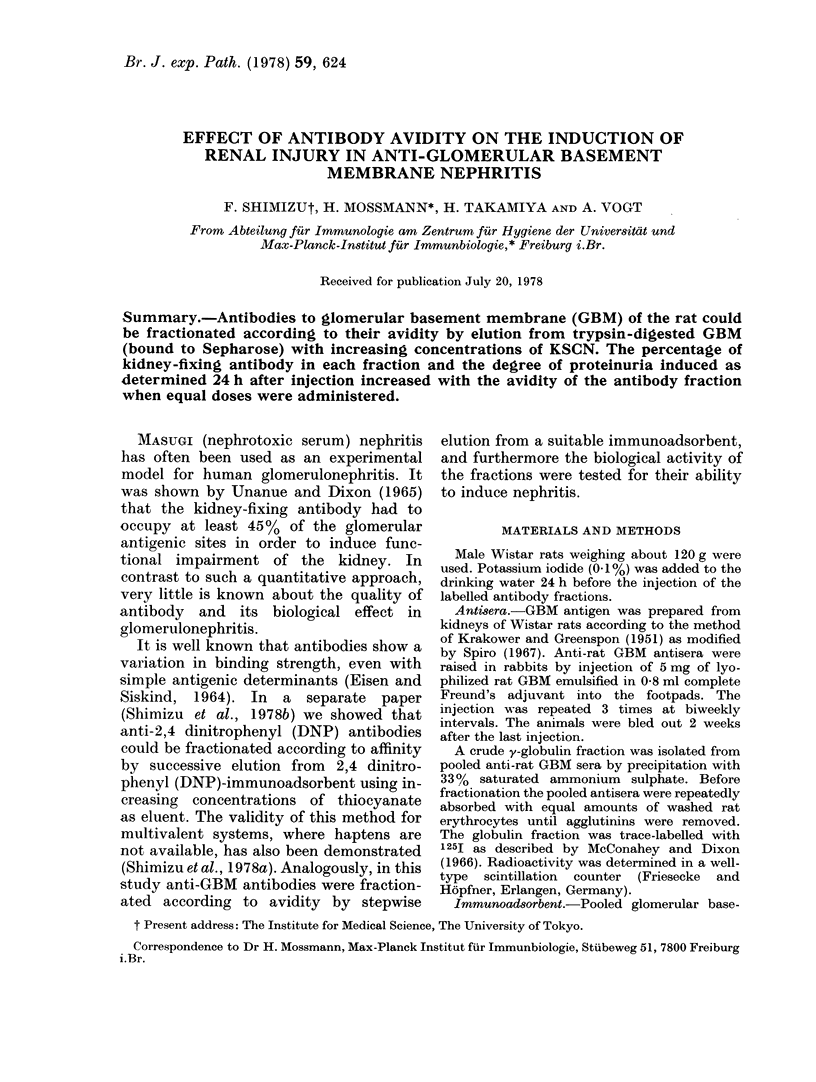
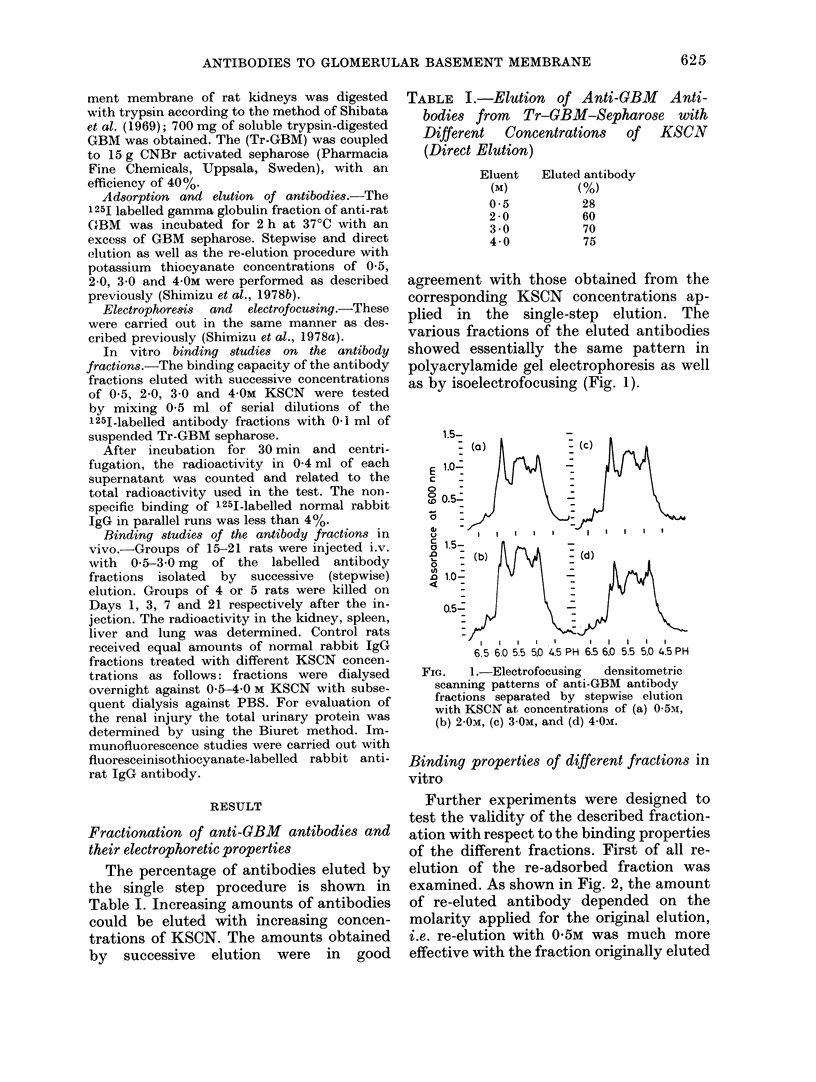
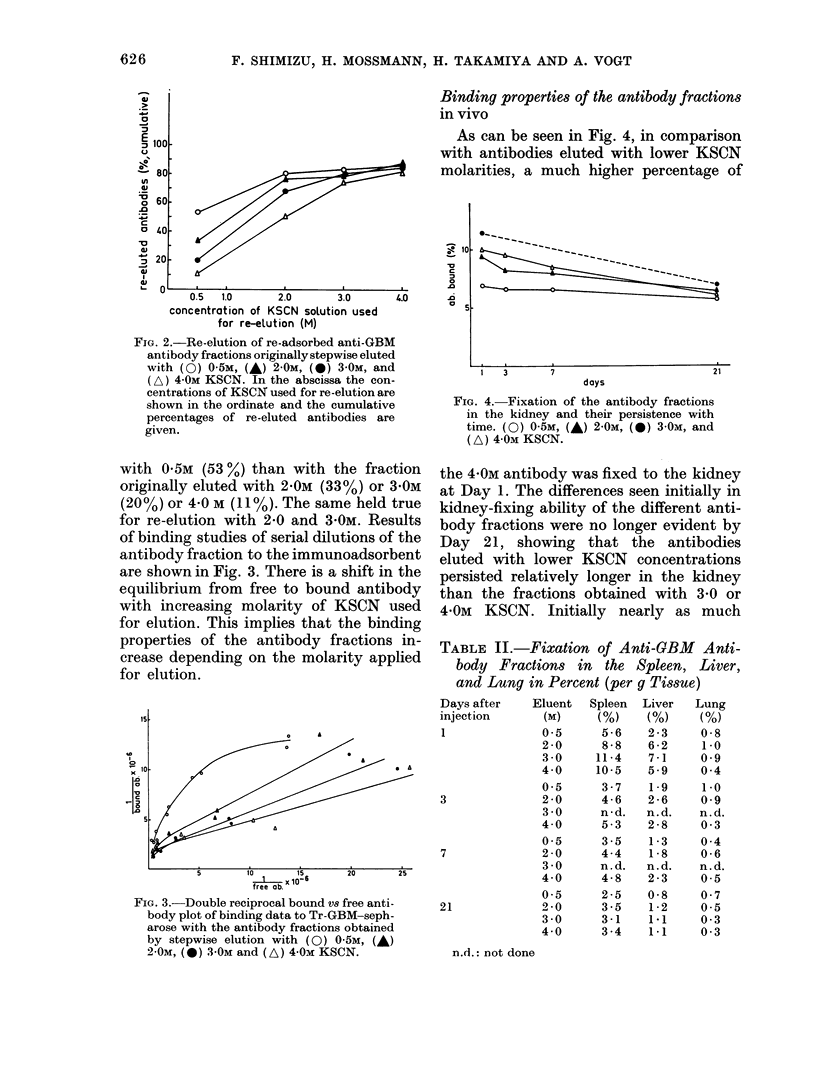

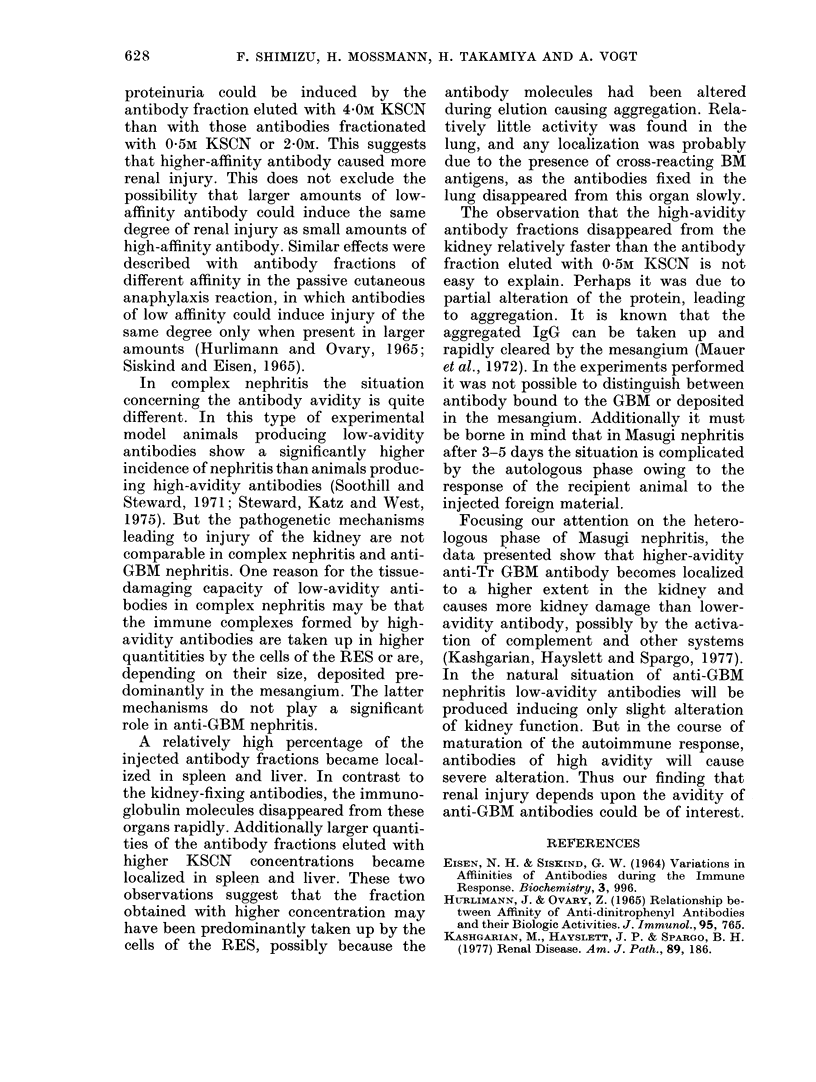
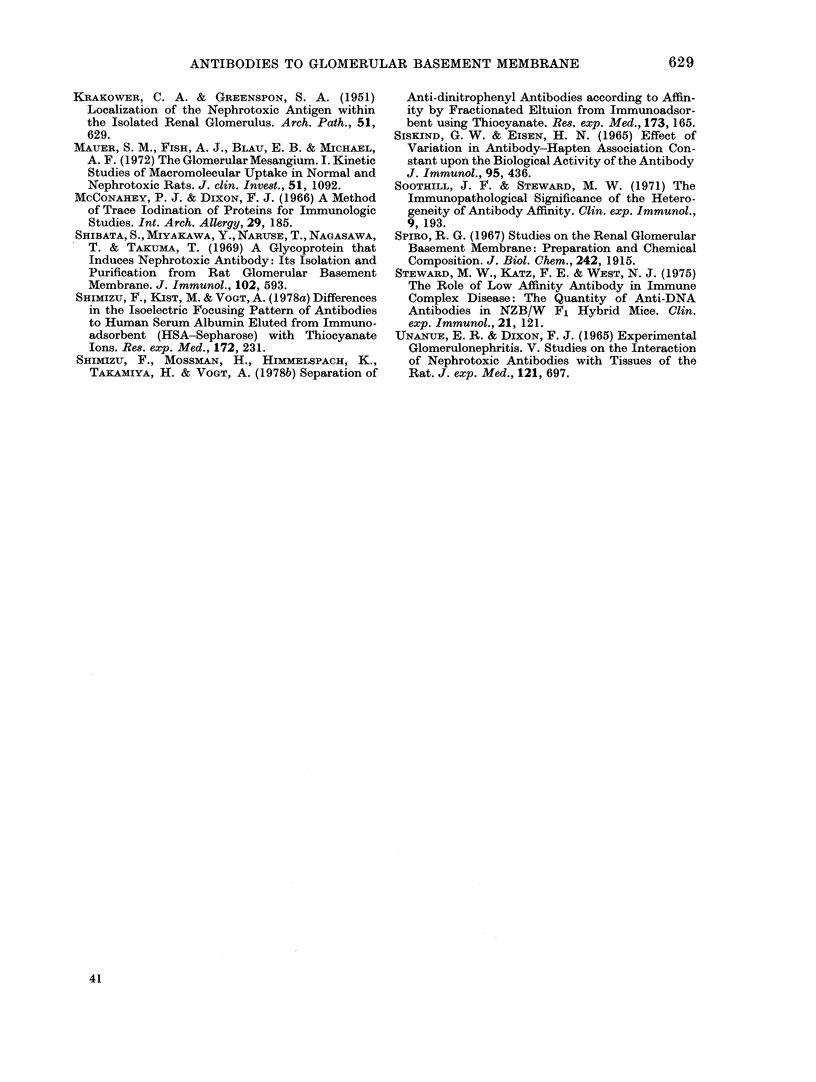
Selected References
These references are in PubMed. This may not be the complete list of references from this article.
- EISEN H. N., SISKIND G. W. VARIATIONS IN AFFINITIES OF ANTIBODIES DURING THE IMMUNE RESPONSE. Biochemistry. 1964 Jul;3:996–1008. doi: 10.1021/bi00895a027. [DOI] [PubMed] [Google Scholar]
- Hurlimann J., Ovary Z. Relationship between affinity of anti-dinitrophenyl antibodies and their biologic activities. J Immunol. 1965 Oct;95(4):765–770. [PubMed] [Google Scholar]
- KRAKOWER C. A., GREENSPON S. A. Localization of the nephrotoxic antigen within the isolated renal glomerulus. AMA Arch Pathol. 1951 Jun;51(6):629–639. [PubMed] [Google Scholar]
- Mauer S. M., Fish A. J., Blau E. B., Michael A. F. The glomerular mesangium. I. Kinetic studies of macromolecular uptake in normal and nephrotic rats. J Clin Invest. 1972 May;51(5):1092–1101. doi: 10.1172/JCI106901. [DOI] [PMC free article] [PubMed] [Google Scholar]
- McConahey P. J., Dixon F. J. A method of trace iodination of proteins for immunologic studies. Int Arch Allergy Appl Immunol. 1966;29(2):185–189. doi: 10.1159/000229699. [DOI] [PubMed] [Google Scholar]
- Shibata S., Miyakawa Y., Naruse T., Nagasawa T., Takuma T. A glycoprotein that induces nephrotoxic antibody: its isolation and purification from rat glomerular basement membrane. J Immunol. 1969 Mar;102(3):593–601. [PubMed] [Google Scholar]
- Shimizu F., Kist M., Vogt A. Differences in the isoelectric focussing pattern of antibodies to human serum albumin eluted from an immunoadsorbent (HSA-sepharose) with thiocyanate ions. Res Exp Med (Berl) 1978 Jun 12;172(3):231–238. doi: 10.1007/BF01855833. [DOI] [PubMed] [Google Scholar]
- Shimizu F., Mossmann H., Himmelspach K., Takamiya H., Vogt A. Separation of anti-dinitrophenyl antibodies according to affinity by fractionated elution from immunoadsorbent using thiocyanate. Res Exp Med (Berl) 1978 Aug 15;173(2):165–171. doi: 10.1007/BF01851873. [DOI] [PubMed] [Google Scholar]
- Siskind G. W., Eisen H. N. Effect of variation in antibody-hapten association constant upon the biologic activity of the antibody. J Immunol. 1965 Sep;95(3):436–441. [PubMed] [Google Scholar]
- Soothill J. F., Steward M. W. The immunopathological significance of the heterogeneity of antibody affinity. Clin Exp Immunol. 1971 Aug;9(2):193–199. [PMC free article] [PubMed] [Google Scholar]
- Spiro R. G. Studies on the renal glomerular basement membrane. Preparation and chemical composition. J Biol Chem. 1967 Apr 25;242(8):1915–1922. [PubMed] [Google Scholar]
- Steward M. W., Katz F. E., West N. J. The role of low affinity antibody in immune complex disease. The quantity of anti-DNA antibodies in NZB/W F1 hybrid mice. Clin Exp Immunol. 1975 Jul;21(1):121–130. [PMC free article] [PubMed] [Google Scholar]
- UNANUE E. R., DIXON F. J. EXPERIMENTAL GLOMERULONEPHRITIS. V. STUDIES ON THE INTERACTION OF NEPHROTOXIC ANTIBODIES WITH TISSUE OF THE RAT. J Exp Med. 1965 May 1;121:697–714. doi: 10.1084/jem.121.5.697. [DOI] [PMC free article] [PubMed] [Google Scholar]


